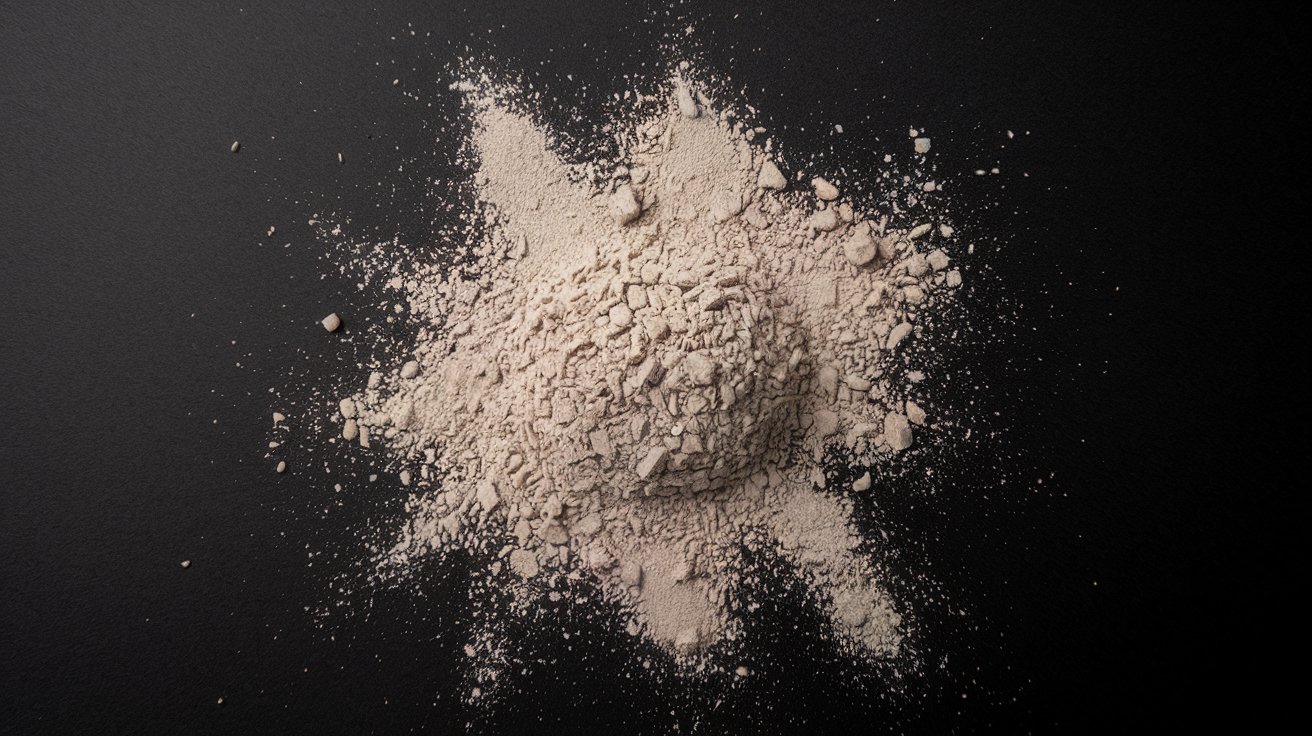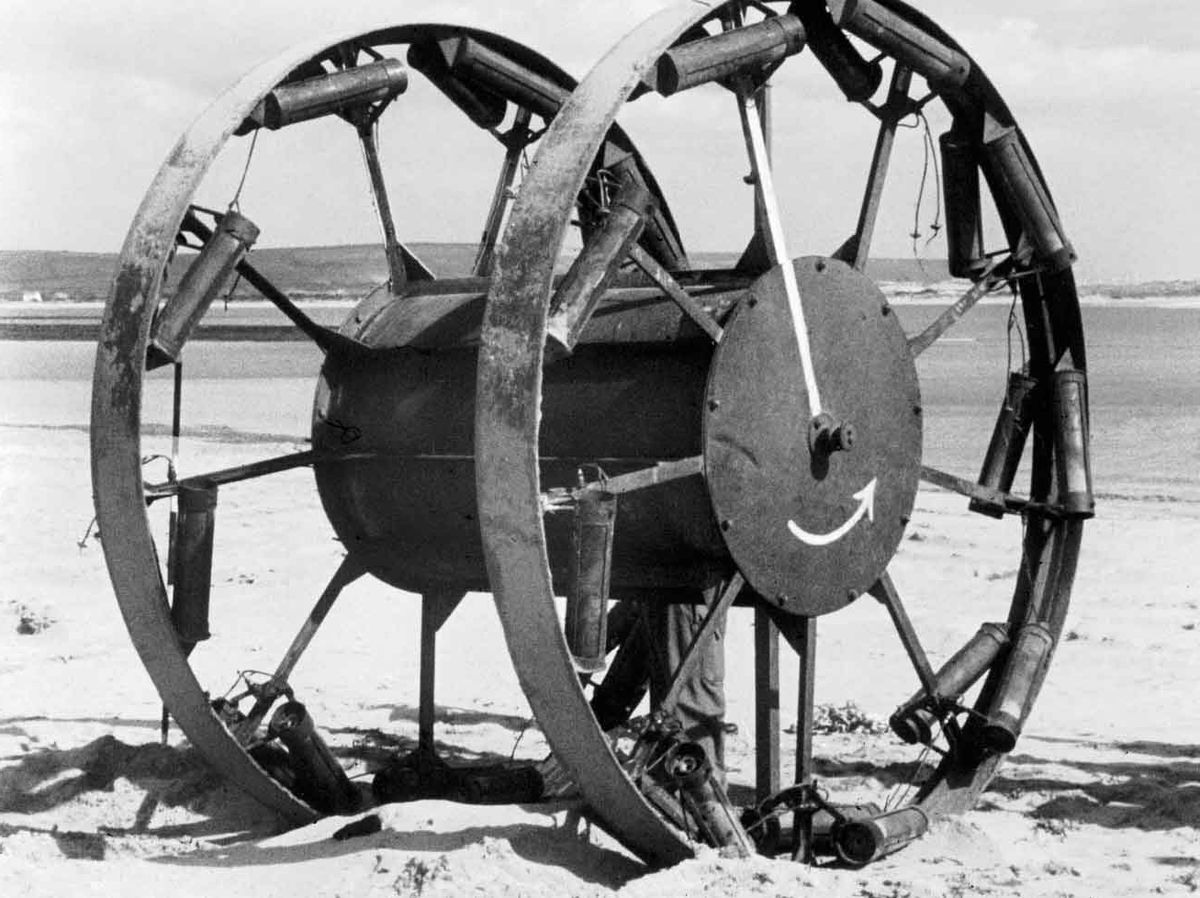
Aluminium carbide might sound like a term straight out of a chemistry textbook, but it's more interesting than you think. This compound, with the formula Al4C3, plays a crucial role in various industries. Ever wondered what happens when aluminium meets carbon? You get a material that's not only fascinating but also incredibly useful. From its unique properties to its practical applications, aluminium carbide is a hidden gem in the world of materials science. Whether you're a student, a hobbyist, or just curious, these 35 facts will give you a deeper understanding of this compound. Ready to dive in? Let's get started!
Key Takeaways:
- Aluminium carbide, with its unique properties, is used in various industries, from abrasives to electronics. It's important to handle it with caution and dispose of it properly to avoid hazards.
- Discovered in the 19th century, aluminium carbide has potential uses in space applications and nanotechnology. Its non-biodegradable nature requires responsible disposal, and ongoing research continues to uncover new applications.
What is Aluminium Carbide?
Aluminium carbide, a compound of aluminium and carbon, has some fascinating properties and uses. Let's dive into some intriguing facts about this unique material.
-
Chemical Formula: Aluminium carbide's chemical formula is Al₄C₃. This indicates it contains four aluminium atoms and three carbon atoms.
-
Appearance: It appears as a pale yellow to brownish powder or crystalline solid. Its color can vary based on purity and particle size.
-
Formation: Created by heating a mixture of aluminium and carbon at high temperatures. This process is known as carbothermal reduction.
-
Crystal Structure: Aluminium carbide has a complex crystal structure. It belongs to the trigonal crystal system.
-
Density: Its density is approximately 2.36 g/cm³. This makes it lighter than many other metal carbides.
-
Melting Point: It has a high melting point of about 2,200°C (3,992°F). This makes it suitable for high-temperature applications.
Properties of Aluminium Carbide
Understanding the properties of aluminium carbide helps in appreciating its applications and behavior in different environments.
-
Hardness: Aluminium carbide is quite hard. It ranks high on the Mohs scale of mineral hardness.
-
Thermal Conductivity: It has good thermal conductivity. This property makes it useful in heat-resistant materials.
-
Electrical Conductivity: It conducts electricity, though not as well as metals. This property is useful in certain electronic applications.
-
Reactivity with Water: Reacts with water to produce methane gas. This reaction can be vigorous, especially with hot water.
-
Reactivity with Acids: It reacts with acids to form aluminium salts and methane. This property is important in chemical processing.
-
Stability: Aluminium carbide is stable at high temperatures. However, it decomposes in the presence of moisture.
Uses of Aluminium Carbide
Aluminium carbide's unique properties make it valuable in various industrial applications.
-
Abrasives: Used in abrasive materials due to its hardness. It helps in grinding and cutting applications.
-
Metallurgy: Plays a role in metallurgy. It is used to refine metals and improve their properties.
-
Ceramics: Incorporated into ceramics to enhance their strength and thermal resistance.
-
Chemical Reactions: Acts as a catalyst in certain chemical reactions. It helps speed up the process without being consumed.
-
Composite Materials: Used in composite materials to improve their mechanical properties. This includes increasing strength and reducing weight.
-
Electronic Components: Found in some electronic components. Its electrical conductivity is beneficial in these applications.
Safety and Handling
Handling aluminium carbide requires caution due to its reactivity and potential hazards.
-
Protective Gear: Always use protective gear when handling aluminium carbide. This includes gloves, goggles, and masks.
-
Storage: Store it in a dry, cool place. Moisture can cause it to decompose and release methane gas.
-
Ventilation: Ensure good ventilation when working with aluminium carbide. This helps disperse any gases produced.
-
Disposal: Dispose of aluminium carbide according to local regulations. Improper disposal can lead to environmental hazards.
Interesting Facts
Here are some lesser-known but fascinating facts about aluminium carbide.
-
Discovery: Discovered in the 19th century. Its unique properties have been studied extensively since then.
-
Natural Occurrence: Rarely found in nature. Most aluminium carbide is produced synthetically.
-
Methane Production: The reaction with water to produce methane is similar to the process in natural gas production.
-
Research: Ongoing research explores new applications. Scientists are continually discovering new uses for aluminium carbide.
-
Nanotechnology: Used in nanotechnology. Its properties are beneficial in creating nanomaterials.
-
Space Applications: Potential use in space applications. Its high-temperature stability is advantageous in this field.
-
Biodegradability: Not biodegradable. This means it persists in the environment if not properly disposed of.
-
Recycling: Can be recycled. This helps reduce waste and conserve resources.
-
Alloys: Used in creating aluminium alloys. These alloys have improved strength and durability.
-
Synthesis Methods: Various methods exist for synthesizing aluminium carbide. Each method has its advantages and disadvantages.
-
Historical Uses: Historically used in early chemical experiments. Its reactivity made it a subject of interest for early chemists.
-
Educational Tool: Used as an educational tool in chemistry classes. It helps students understand chemical reactions and properties.
-
Future Potential: Holds potential for future technological advancements. Its unique properties make it a material of interest for researchers and engineers.
Final Thoughts on Aluminium Carbide
Aluminium carbide, a fascinating compound, holds significant importance in various industries. Its unique properties, like high thermal conductivity and hardness, make it valuable in applications ranging from metallurgy to electronics. This compound reacts with water to produce methane, a fact that underscores its chemical reactivity. Despite its usefulness, handling aluminium carbide requires caution due to its reactivity with moisture.
Understanding these facts about aluminium carbide can help in appreciating its role in modern technology and industry. Whether you're a student, a professional, or just curious, knowing more about this compound can provide insights into its practical applications and the precautions needed when working with it. So, next time you encounter aluminium carbide, you'll have a deeper appreciation for its properties and uses.
Frequently Asked Questions
Was this page helpful?
Our commitment to delivering trustworthy and engaging content is at the heart of what we do. Each fact on our site is contributed by real users like you, bringing a wealth of diverse insights and information. To ensure the highest standards of accuracy and reliability, our dedicated editors meticulously review each submission. This process guarantees that the facts we share are not only fascinating but also credible. Trust in our commitment to quality and authenticity as you explore and learn with us.


